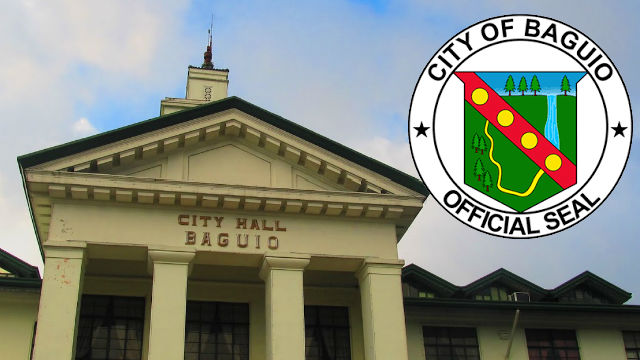The City Council, during last Monday’s regular session, approved on third and final reading a proposed ordinance localizing and institutionalizing Proclamation No. 934, series of 1971, that declared every second week of December as Architecture Week in the city.
Under the proposed ordinance authored by Councilor Maria Mylen Victoria G. Yaranon, it will be a policy of the city government to declare every second week of December as Architecture Week in the city in recognition of the invaluable contribution of architects and the importance of architecture to the systematic and well-planned development of the city.
To this end, the city government, through the City Buildings and Architecture Office (CBAO), the City Planning and Development office, in cooperation with the United Architects of the Philippines (UAP) Baguio chapter, shall come up with programs and activities aimed at promoting awareness of the importance of architecture in the design, construction and maintenance of both public and private infrastructures in the city.
The ordinance stipulated that funds shall be allocated annually by the city government to defray the expenses for the conduct of various activities during the said celebration.
According to the proponent, the city government recognizes the invaluable contributions of architects and their craft to the design and maintenance of both public and private infrastructures.
Moreover, the measure also aims to encourage local architects to bring out their creativity and innovation to the built environment, and the beauty and functionality they create that can enhance the lives of those who live and work in the spaces they designed.
Proclamation No. 934, series of 1971 declared every second week of December as Architecture Week and that the same was signed into law on November 18, 1971.
It recognizes the contributions of architects to the systematic and well-planned development of urban centers, parks, cultural and art centers, as well as to modern trends in construction and their invaluable contribution towards planned urban growth, environmental planning and for overall social progress. By Dexter A. See
















